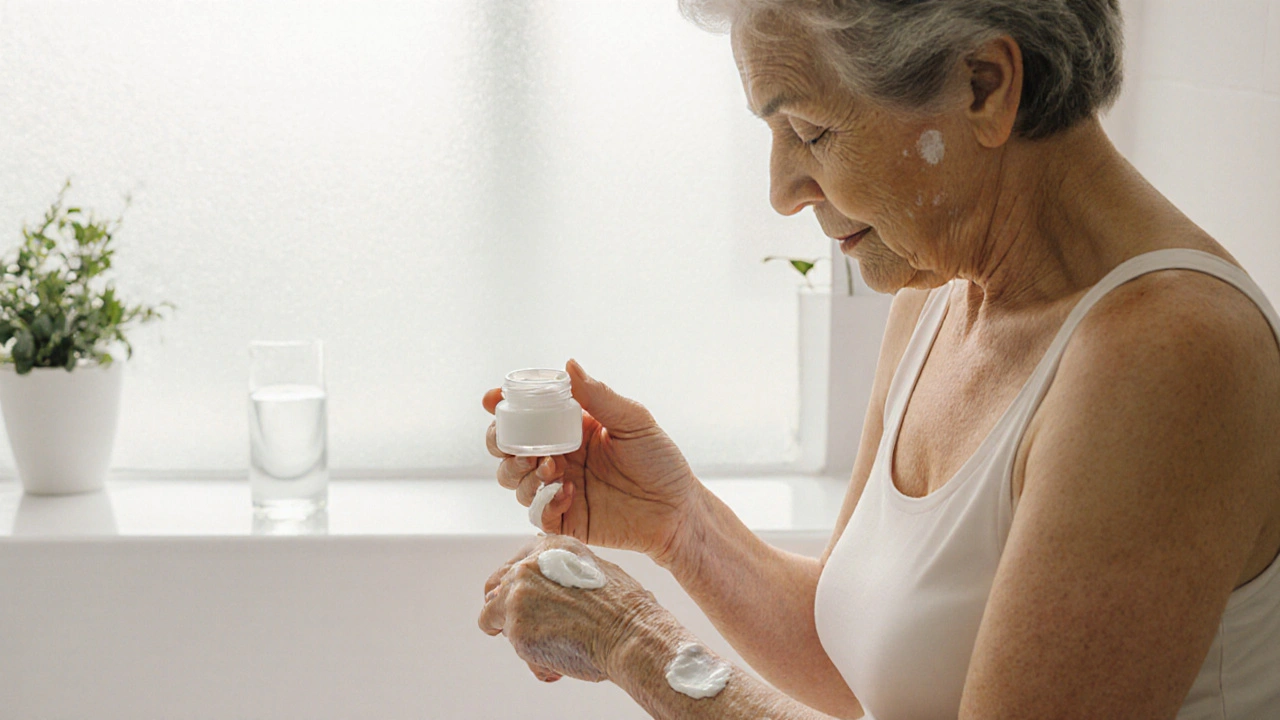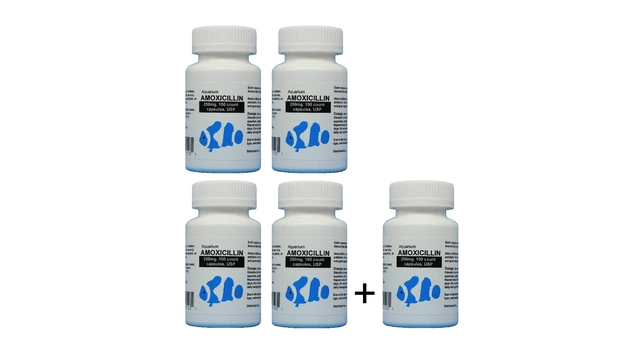Medication Errors in Hospitals vs. Retail Pharmacies: What Really Happens Behind the Counter
November 22 2025Skin Depigmentation: Causes, Types, and Effective Treatments
When dealing with skin depigmentation, the loss or lightening of skin pigment caused by medical, genetic, or environmental factors. Also known as hypopigmentation, it often signals an underlying condition that needs proper attention.
One of the most common forms is vitiligo, an autoimmune disorder where melanocytes are destroyed, leading to white patches on the skin. Another frequent player is melasma, a hormonally driven hyperpigmentation that can flip into lighter spots after treatment or inflammation. Albinism, a genetic lack of melanin production that results in uniformly light skin, hair, and eyes also falls under the depigmentation umbrella. Understanding how these entities differ helps doctors pinpoint the right approach.
Key Factors and Treatment Options
Skin depigmentation doesn’t happen in a vacuum. UV radiation, for instance, can worsen existing pigment disorders by triggering oxidative stress, while inflammatory skin injuries often leave post‑inflammatory hypopigmentation behind. Accurate diagnosis is the first step: a dermatologist may use a Wood's lamp, skin biopsy, or blood tests to separate vitiligo from albinism or drug‑induced lightening. Once the cause is clear, treatment paths vary. Topical corticosteroids are a staple for inflammatory depigmentation, reducing immune attack on melanocytes. Laser therapy—especially narrow‑band UVB or excimer laser—can reboot pigment production in vitiligo patches and break up melasma spots. Phototherapy, another light‑based method, offers a controlled dose of UV to stimulate melanocytes without the harsh side effects of sun exposure.
Beyond medical interventions, lifestyle tweaks matter. Daily sunscreen shields remaining pigment from UV‑induced damage, and a diet rich in vitamins C and E supports skin health. Cosmetic camouflage, such as mineral‑based foundations, provides a quick visual fix while patients pursue definitive therapy. For those with genetic conditions like albinism, regular eye exams and protective clothing are essential to prevent complications beyond the skin.
In practice, a combined approach works best: dermatologists often pair topical agents with laser sessions, while patients track progress with photography and skin‑type journals. Emerging research points to JAK inhibitors and melanocyte‑stimulating peptides as future tools, promising faster repigmentation with fewer sessions.
Below you’ll find a hand‑picked collection of articles that dive deeper into each of these topics—ranging from the science behind vitiligo to step‑by‑step guides on safe laser use and tips for protecting vulnerable skin. Whether you’re looking for a quick overview or detailed treatment protocols, the posts that follow will give you the practical knowledge you need to manage skin depigmentation effectively.
 27 Sep
27 Sep
Benoquin Cream (Monobenzone) vs. Alternative Depigmentation Treatments - Full Comparison
Compare Benoquin cream (Monobenzone) with other depigmenting options, covering effectiveness, safety, usage and practical tips for vitiligo patients.
Read More...




